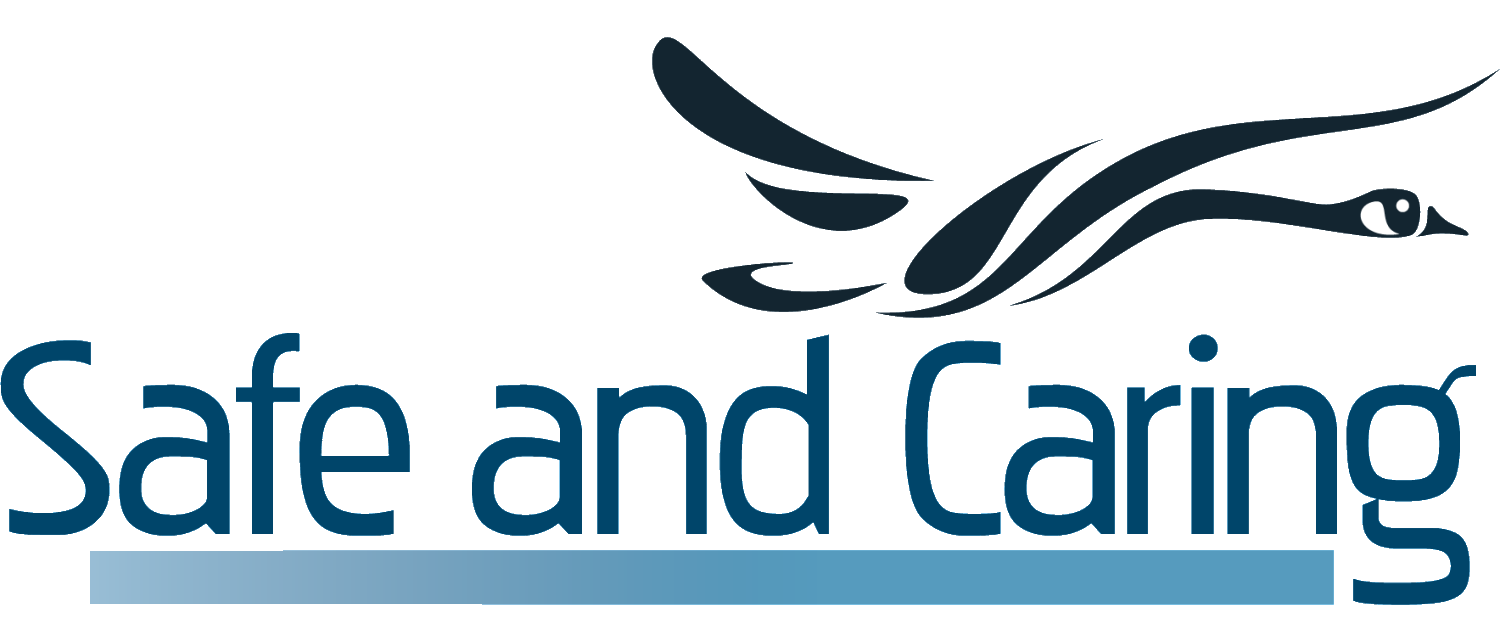Window installations in schools must balance cost-efficiency with high-quality materials and workmanship. While budget constraints are a reality for many educational institutions, compromising on quality can lead to increased maintenance costs and potential safety issues. This article explores common cost-efficiency and quality issues in school window installations and offers solutions to achieve both budget-friendly and durable outcomes.
1. Balancing Initial Costs with Long-Term Value
One of the main challenges schools face when installing windows is balancing the upfront cost with long-term value. Budget constraints often lead to choosing lower-cost materials or simplified installations, which can compromise the quality and longevity of the windows.
- Challenge: Cheaper windows may reduce initial expenses, but they are more prone to issues like poor insulation, noise leakage, and frequent maintenance, resulting in higher costs over time.
- Solution: Opting for mid-range, energy-efficient windows can offer an ideal balance between affordability and durability. While the initial cost may be slightly higher, these windows generally provide better insulation, lower maintenance needs, and longer lifespans, making them cost-effective in the long run.

2. Choosing Energy-Efficient Windows for Cost Savings
Energy efficiency in window installation is a significant factor for schools, as it impacts heating and cooling costs. Poor insulation can lead to high energy bills, as HVAC systems need to work harder to maintain comfortable temperatures.
- Challenge: High-quality, energy-efficient windows often come with a premium price tag, making it challenging for schools with limited budgets to justify the initial expense.
- Solution: Installing double- or triple-glazed windows with low-emissivity (Low-E) coatings can improve insulation and reduce energy costs over time. Many government grants and incentives are available for energy-efficient upgrades in public buildings, which can help offset the initial cost. In the long term, energy-efficient windows contribute to substantial savings on utility bills, improving the cost-efficiency of the installation.
3. Ensuring Quality Materials to Reduce Maintenance Costs
Windows in schools face daily wear and tear, from frequent opening and closing to potential impacts and exposure to various weather conditions. Using low-quality materials can lead to issues like frame warping, glass damage, and frequent repairs, driving up maintenance costs.

- Challenge: Schools that choose lower-quality materials may save on initial costs, but they are likely to incur higher maintenance and replacement expenses over time.
- Solution: Investing in durable materials like vinyl, aluminum, or fiberglass for window frames can reduce the need for frequent repairs. These materials are resistant to corrosion, warping, and impact, providing a longer-lasting solution. Laminated or tempered glass also improves durability, helping to prevent breakage and reducing maintenance needs.
4. Avoiding Common Installation Errors
Even with high-quality materials, improper installation can lead to a host of issues, from air leaks to water damage. Poor installation can compromise both the functionality and safety of the windows, leading to additional repair costs.
- Challenge: Schools may try to cut costs by hiring less experienced installers, increasing the risk of errors that compromise the integrity of the windows.
- Solution: Working with certified and experienced contractors is crucial to ensure proper installation. Schools should seek contractors with a track record in educational or public building projects, as they are more likely to be familiar with the specific requirements and challenges of school installations. High-quality installation reduces the risk of future issues and ensures that the windows meet safety and energy efficiency standards.
5. Planning for Future Resiliency and Reduced Replacement Costs
Schools often operate on tight budgets, which makes it challenging to replace windows frequently. To avoid costly replacements, it is essential to choose materials and designs that withstand wear and tear and minimize the need for future upgrades.
- Challenge: Windows that lack durability or are susceptible to damage will require replacement sooner, resulting in higher costs for the school in the long term.
- Solution: Selecting impact-resistant windows with weatherproof coatings can help ensure long-term resiliency. Laminated glass or shatterproof films add strength to the windows, making them resistant to impacts from accidental bumps or weather events. Additionally, selecting frames with high UV resistance prevents fading and material degradation, reducing the likelihood of early replacement.
6. Taking Advantage of Financial Incentives for Sustainable Upgrades
For schools with limited budgets, financial incentives such as grants and subsidies can make it more feasible to invest in high-quality, energy-efficient window installations. Many government and local programs offer funding for sustainable building upgrades, including window replacements.
- Challenge: Not all schools are aware of available financial incentives for energy-efficient upgrades, and as a result, they may miss out on opportunities for funding.
- Solution: Researching and applying for grants dedicated to energy-efficient building improvements can help schools reduce upfront costs. Programs like the U.S. Department of Energy’s Better Buildings Initiative, as well as local and state incentives, provide financial support for schools seeking sustainable, long-term solutions. By using these resources, schools can afford high-quality installations that contribute to both energy savings and cost efficiency.

7. Maintaining a Strong Focus on Safety Without Compromising Budget
Safety is paramount in educational environments, yet safety enhancements in window installations can increase project costs. Schools need windows that ensure the safety of students and staff, especially in high-traffic areas like classrooms and hallways.
- Challenge: Safety features, such as impact-resistant glass, specialized locks, and child-proof designs, can add to installation costs, straining the school’s budget.
- Solution: Schools can prioritize safety while remaining cost-efficient by selectively adding safety features to critical areas, such as ground-floor windows or windows adjacent to playgrounds. Installing shatterproof film on standard glass, for instance, provides enhanced safety at a lower cost than upgrading all windows to laminated glass. Prioritizing safety features where they’re most needed can achieve a safe environment without overspending.
Conclusion
Navigating cost-efficiency and quality issues in school window installations requires strategic planning, from selecting durable materials to choosing experienced installers. By balancing upfront costs with long-term value, schools can ensure their windows are energy-efficient, resilient, and safe. Leveraging financial incentives, focusing on energy savings, and carefully selecting quality materials can help educational institutions create learning environments that are both cost-effective and high-quality, benefiting students and staff for years to come.


